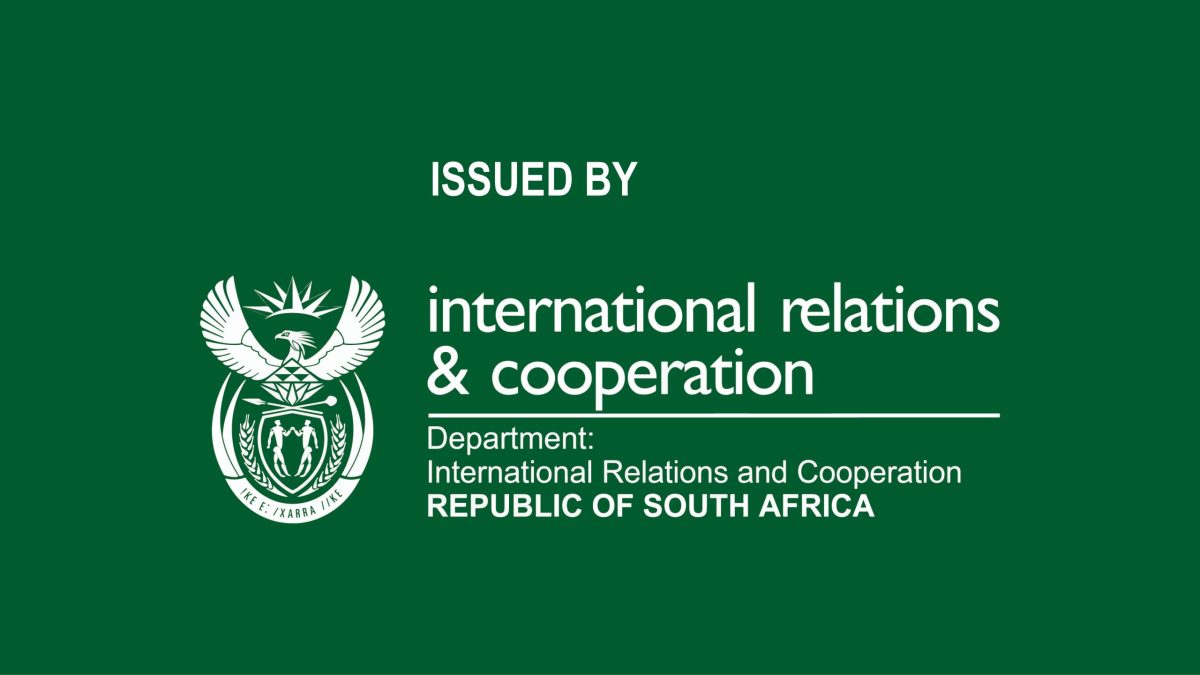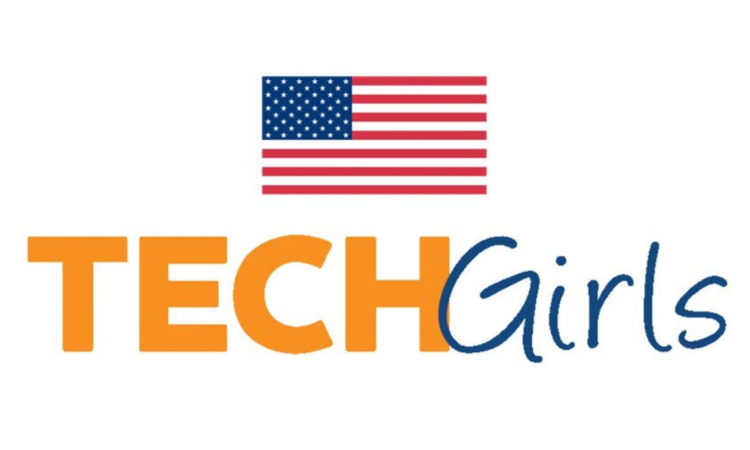
On December 29, 2025, the trilateral meeting of the foreign ministers of China, Cambodia, and Thailand was successfully held in Yuxi, Yunnan Province. Member of the Political Bureau of the CPC Central Committee and Foreign Minister Wang Yi,…

On December 29, 2025, the trilateral meeting of the foreign ministers of China, Cambodia, and Thailand was successfully held in Yuxi, Yunnan Province. Member of the Political Bureau of the CPC Central Committee and Foreign Minister Wang Yi,…

Atrial fibrillation (AF) is the most common sustained cardiac arrhythmia, affecting millions worldwide and posing a major public health challenge due to its association with thromboembolism, heart failure, and mortality.1 Of…

Pakistan Stock Exchange eclipsed another record on Monday as it surged nearly 1,500 points to a new all-time high close to 173,900, powered by investor enthusiasm over reports of fresh UAE investment in a Pakistan company.
In the morning, the market opened with a sharp spike, reaching the intra-day high at 174,412 in the very first hour of trading. However, it could not hold that level and soon dropped to the day’s low at 173,200 well before midday. Thereafter, the benchmark KSE-100 index started recovering and gradually rose to 173,896 at close, higher by 1,496 points, or 0.87%.
Topline Securities, in its market review, remarked that bulls staged a commanding advance on Monday, propelling the market to a new high as investor confidence was reinforced by reports of a UAE entity’s prospective acquisition of a strategic stake in the Fauji Group.
“The anticipated investment has raised expectations that approximately $1 billion in liabilities could be settled, while hopes have also been strengthened that the remaining $2 billion loan may be rolled over, significantly easing near-term financial pressures,” it said.
Riding the wave of optimism, the benchmark index climbed to the intra-day peak of 2,010 points before settling at 173,896, marking a robust gain of 1,496 points. On the upside, Fauji Fertiliser Company, UBL, PTCL, Engro Fertilisers and Systems Ltd emerged as key contributors, collectively adding 957 points to the index.
Market activity remained healthy, with total traded volumes clocking in at 858 million shares, while total traded value stood at Rs43 billion. WorldCall Telecom led the volumes chart as the company saw trading in 53 million shares.

The Palestinian group Hamas has confirmed that its armed wing spokesperson, known as Abu Obeida, and Mohammed Sinwar, the group’s former leader in Gaza, were killed in Israel’s genocidal war earlier this year.
In a video statement…

South Africa has noted with concern the recent announcement by the State of Israel recognising Somaliland as an independent state.
The recognition constitutes a…


ARE YOU A 15–17-YEAR-OLD YOUNG WOMAN INTERESTED IN A CAREER IN SCIENCE, TECHNOLOGY, ENGINEERING, MATH, OR RELATED FIELDS?
Apply for the TechGirls Summer 2026 Program!
TechGirls offers a fully funded, three-week STEM experience in the United…

Adidas expands its Minecraft collaboration again.